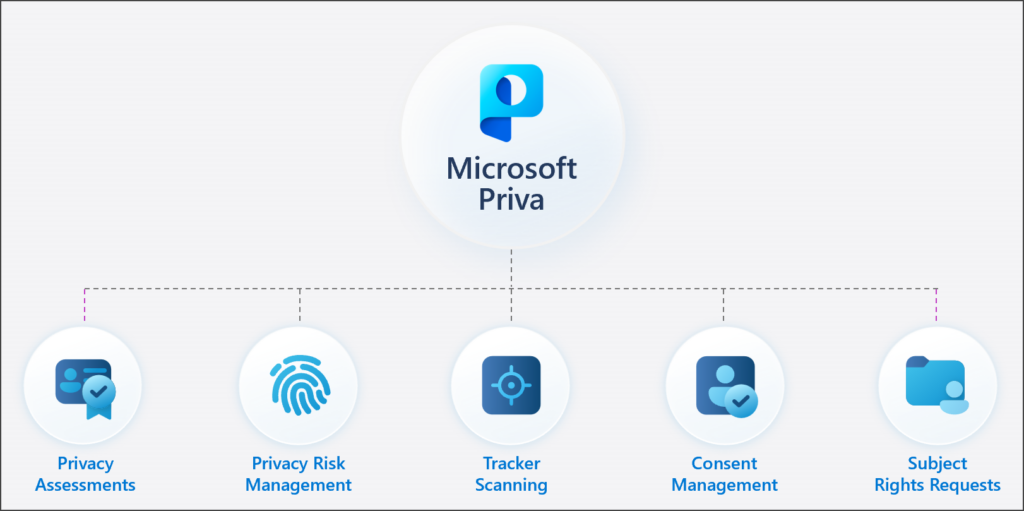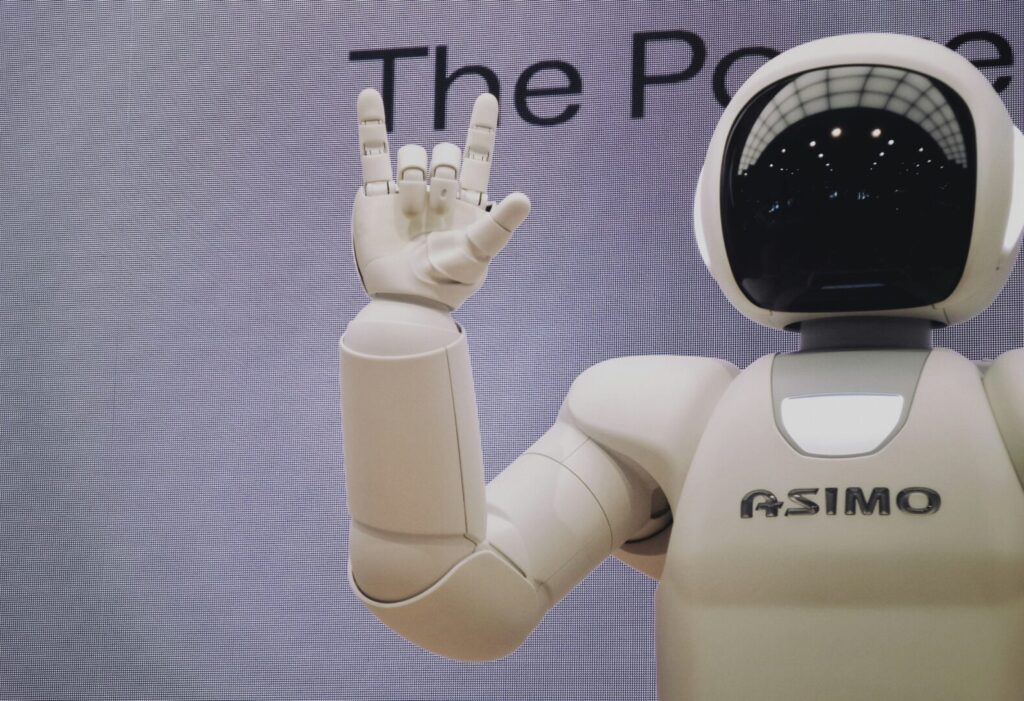Keeping the computer hardware for your entire staff up to date is a significant challenge. It’s costly, time-consuming, and even when upgrades go smoothly, there’s always some lost productivity as employees wait for their new devices to be installed and configured.
However, the inconvenience of regular hardware upgrades pales in comparison to the real costs of not updating. These costs are often hidden and hard to quantify.
We don’t believe in pressuring clients into hardware upgrades. Instead, we inform them about the precise reasons and timing for necessary upgrades. So, let’s delve into the true costs of using outdated machines in your office, including those that are not immediately apparent or visible on a balance sheet.
Understand the true costs of using old computers
To grasp the actual costs of keeping old hardware around, let’s consider three main areas.
Effects on morale
Firstly, old PCs can negatively impact employee morale. As PCs age, they slow down due to both aging components and advancements in technology. Newer software demands more processing power, creating a mismatch between the software’s needs and the hardware’s capabilities.
If you’ve ever used a sluggish or frequently crashing computer, you know how frustrating it can be. Employees waiting for their PC to boot up might start thinking, “This company can’t even provide the tools I need to do my job effectively,” leading to decreased morale.
Drain on productivity
Linked to morale is productivity. When employees are stuck waiting for their slow computers, they’re not being productive. The time spent staring at loading screens or watching a spinning circle is time wasted, and this directly affects overall productivity.
Security concerns
Older hardware also poses significant security risks. One major issue is the lack of updates. Security vulnerabilities in software, operating systems, and hardware are constantly being discovered and patched. However, older hardware eventually stops receiving updates, leaving it vulnerable to new threats.
Sometimes, legacy software running on older operating systems like Windows 7 (or even Windows XP) creates a security risk because these systems are no longer supported by manufacturers, making them susceptible to unpatched vulnerabilities.
Hidden maintenance costs
Lastly, older PCs incur hidden maintenance and repair costs. One study estimates these “stealth costs” at £442 per PC for machines four years old or older. Additionally, maintenance issues further reduce productivity and employee satisfaction.
The direct ROI new computers deliver
New computers not only eliminate the hidden and easy to identify costs of old hardware but also offer a direct return on investment:
- Increased Productivity: New computers run faster, enabling employees to complete tasks without delays, thus boosting productivity and revenue.
- Enhanced Support: New hardware receives optimal support from OS makers, allowing access to the latest features and updates.
- Reduced Service Tickets: New computers are more reliable, reducing the number of service tickets and associated downtime.
Two options for replacing those old machines
When it’s time to replace old machines, you have two main options: purchasing and provisioning yourself or working with an IT service provider.
- Self-Managed Upgrades: Doing it yourself means making all the decisions, from researching suppliers to handling the transition from old to new hardware. This can be time-consuming and complex if you lack the necessary experience and processes.
- IT Service Provider: Partnering with an IT service provider gives you expert guidance on suitable hardware, and they manage everything from purchasing and installation to initial setup and recycling old equipment.
We recommend working with an IT service provider like Bandicoot to ensure a smooth and efficient hardware upgrade.
Have questions or ready to start the upgrade process? Reach out to our team today!



